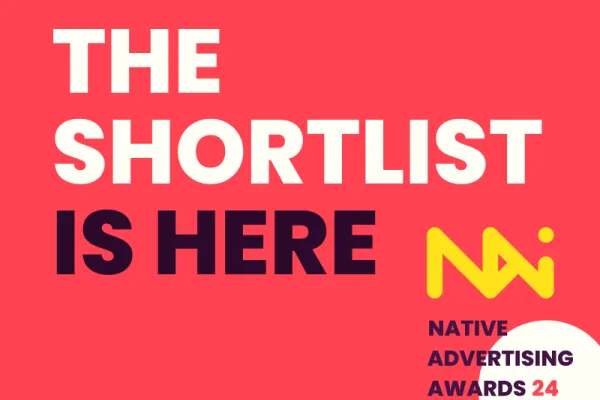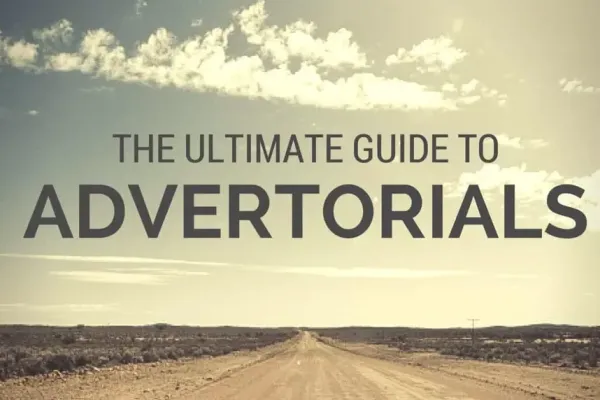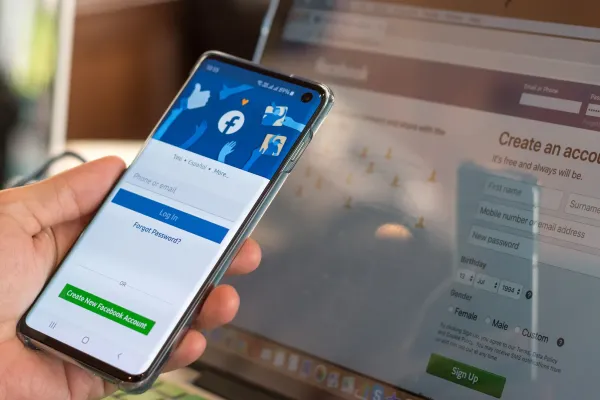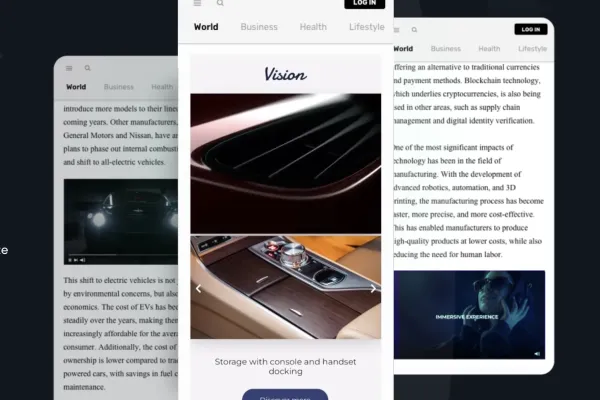
By Sonja Knab
Director Research and Marketing, BurdaForward
Munich, Germany
Connect
Native content provides website users with a whole new advertising experience. Not only do informative, entertaining or emotional articles facilitate a unique way of addressing target audiences, they also ensure added value.
Perhaps you are deploying native advertising for exactly those reasons, hoping for sustainable advertising effectiveness. But what does this added value really look like when taking a closer look and what effect does this new marketing discipline actually have on the target audience?
For years, BurdaForward has been implementing native advertising solutions for advertisers and 22 of those native campaigns have now been put to the test among nearly 8,000 respondents. The digital marketer compiled the results in a study which led to brand new benchmarks on the advertising effect of native advertising.
Here's the five most important takeaways from the study of the native ads campaigns.
1. Native content sparks interest
Clearly, the first step towards marketing a product or brand successfully is to engage the users. But is native advertising actually capable of creating this all-important curiosity? It is! Surveys showed that thanks to the reviewed campaigns, on average, the activation level was increased by 16.5 percent.
Moreover, further actions related to the advertiser’s products or brands were also encouraged. In fact, the users gather information beyond the native content by, for example, visiting the company’s website, with a 70 percent increase achieved here through native advertising.
2. Readiness to buy increases by 50 percent
If until now you thought that native advertising is not the right tool to influence sales, you must obviously have been mistaken. Not only does native content seem to attract the users’ attention, it even has a positive influence on their readiness to buy. The study reveals that sparked interest ultimately leads to actually purchasing the products.
On average, a 50 percent increase in the users’ readiness to buy was noticed across all industries. Moreover, outstanding results were achieved in the FMCG sector where the users decided to buy the product 93.4 percent times more often.
RELATED: How to Create Branded Content That Converts
3. Native advertising boosts the image of brands
When reviewing the campaigns, significant increases in awareness became obvious. Furthermore, native advertising managed to boost the image by 11.4 percent, making it the ideal tool for companies who specifically wanted to influence their image.
Moreover, the positioning as an expert was increased by an impressive 37 percent. So, if you may be wondering how to best emphasise your company’s professionalism, native advertising proves to be a promising option!
4. Users seem to increasingly sympathise with advertisers
In times of the ad blocker boom, brands have to try to make the users appreciate their advertising efforts or even sympathise with them – a difficult endeavour. However, the respondents featured in the study said that native advertising also changes brand awareness.
RELATED: 3 Lessons Learned From A Reader Survey About Native Advertising
The reviewed campaigns managed to create an increase in brand likability by 15.6 percent on average. Especially campaigns in the finance, automotive and tourism sectors succeeded in achieving an increase that was clearly above average.
5. The users like native content
Rest assured – native advertising proves to be very popular among the users. Overall, more than 60 percent of the respondents awarded positive ratings to the reviewed campaigns. In particular, native articles regarding the corporate segments of pharmaceuticals, tourism and catering strongly appeal to the users. So, given these ideal conditions, it is highly likely that your customers will like the products they purchased just as much as they liked the advertising.




